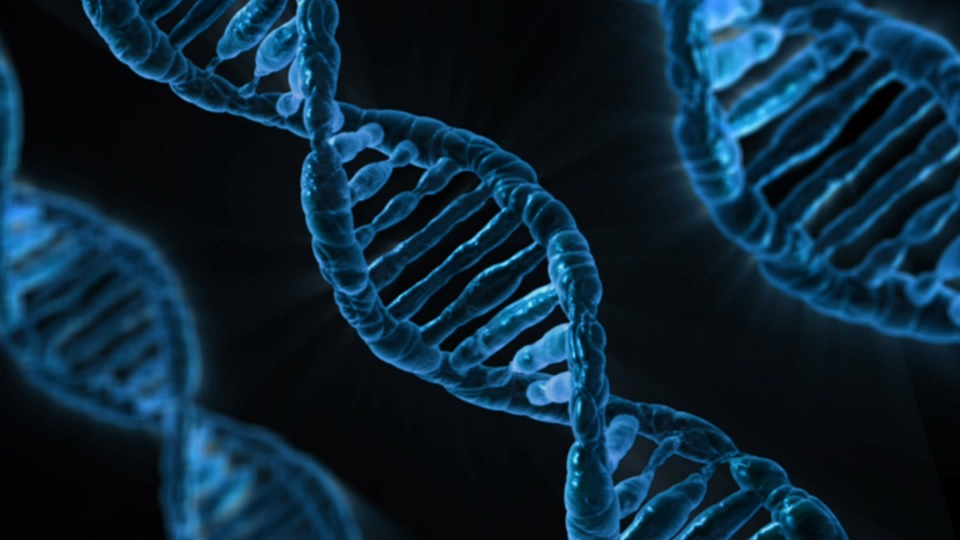Like a molecular ninja, the genome-editing tool CRISPR-Cas9 slices through ultraspecific segments of DNA to cut out unwanted bits of genetic code. It’s a precise and promising method of genetic editing that’s widely used in scientific research. And scientists hope it could one day be used to selectively remove genes that result in medical problems such as HIV, sickle cell disease and cancer.
Unfortunately, a new study published today (July 16) in the journal Nature Biotechnology suggests that this day may be further off than expected — and that CRISPR’s cellular swordsmanship may result in much more collateral damage than previously thought.
While using CRISPR to edit the DNA in both mouse- and human-derived cells, the study authors found that huge chunks of DNA were unintentionally being deleted, rearranged and otherwise mutated so severely that cells lost function in about 15 percent of cases.
The study provides the most systematic and severe reckoning of the potential genetic damage caused by CRISPR manipulation to date, said study author Allan Bradley, a senior group leader and director emeritus at the Wellcome Sanger Institute in England. And the results may be reason to rethink the technology’s use in clinical settings until further research can be done, he said.
“CRISPR is not as safe as we thought,” Bradley told Live Science. “The DNA repair process is not 100 percent foolproof, and there may be problems that need to be looked into further.”
By Brandon Specktor – Full Story at Live Science



